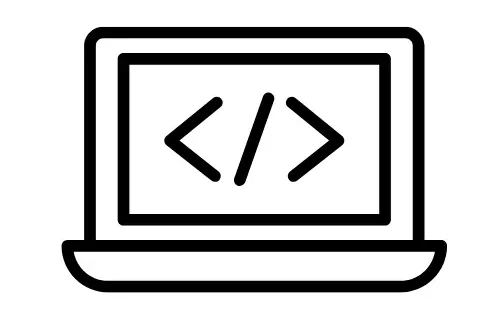Introduction to React.js: Building User Interfaces
What is React.js?
You are being redirected. If you are not redirected automatically, click here.
React.js is a popular JavaScript library used for building user interfaces. It’s especially handy for creating interactive and dynamic web applications. React.js allows developers to break down their UI into reusable components, making the development process more efficient and organized. Unlike traditional JavaScript, React.js utilizes a virtual DOM (Document Object Model) which helps in rendering components faster, resulting in a smoother user experience.
Getting Started with React.js
Installing React.js: To start using React.js, you need to install it in your project. You can do this using package managers like npm or yarn.
Setting up Your Development Environment: Once installed, you’ll need to set up your development environment. This involves configuring your project to use React.js and setting up any necessary tools like Babel and webpack.
Understanding Components
What Are Components?: Components are the building blocks of React.js applications. They are small, reusable pieces of code that represent different parts of the user interface.
Types of Components: There are two main types of components in React.js: functional components and class components. Functional components are simpler and primarily used for presentational purposes, while class components have additional features like state and lifecycle methods.
JSX: JavaScript + XML
Introduction to JSX: JSX is a syntax extension for JavaScript that allows you to write HTML-like code within your JavaScript files. It makes the process of writing React.js components more intuitive and readable.
JSX Syntax: JSX syntax closely resembles HTML but gets compiled into regular JavaScript functions by Babel before being rendered in the browser.
State and Props
Understanding State: State is a built-in feature in React.js that allows components to manage and store data internally. It enables components to dynamically update and rerender based on changes in data.
Passing Data with Props: Props (short for properties) are used to pass data from parent components to child components in React.js. They allow for communication between different parts of the application.
Handling Events
Event Handling in React: React.js provides a straightforward way to handle user interactions such as clicks, input changes, and form submissions.
Examples of Event Handling: Common examples of event handling in React.js include onClick for handling click events, onChange for handling input changes, and onSubmit for handling form submissions.
Conditional Rendering
Rendering Components Conditionally: Conditional rendering allows you to display different components or UI elements based on certain conditions or user interactions.
Using Ternary Operators for Conditional Rendering: Ternary operators can be used within JSX to conditionally render elements based on a condition. This provides a concise and readable way to implement conditional rendering in React.js.
Lists and Keys
Working with Lists in React: Lists are commonly used in web applications to display multiple items of similar data. React.js provides convenient ways to work with lists using the map() method.
Adding Keys to Lists: Keys are special attributes that help React.js identify which items have changed, are added, or are removed from a list. They are crucial for optimizing the performance of list rendering in React.js.
Styling in React
CSS Modules: CSS Modules allow you to scope CSS locally to individual components in React.js, preventing styles from leaking and making it easier to manage styling within large applications.
Inline Styles: Inline styles enable you to apply styles directly to React.js components using JavaScript objects. This approach offers more flexibility and dynamic styling options compared to traditional CSS.
Lifecycle Methods
Introduction to Lifecycle Methods: Lifecycle methods are special methods provided by React.js that allow components to perform actions at specific points during their lifecycle, such as when they are created, rendered, or destroyed.
Common Lifecycle Methods: Some common lifecycle methods in React.js include componentDidMount, componentDidUpdate, and componentWillUnmount. These methods are useful for tasks like fetching data from a server, updating the DOM, or cleaning up resources.
Building Your First React App
Putting It All Together: Now that we’ve covered the basics of React.js, it’s time to put our knowledge into practice and build our first React.js application.
Step-by-Step Guide to Building a Simple React App: In this section, we’ll walk through the process of creating a simple React.js application from scratch, covering everything from setting up the project to deploying the finished app.
Conclusion
Summary of Key Concepts: In conclusion, React.js is a powerful library for building user interfaces in JavaScript. By breaking down UIs into reusable components, managing state and props, handling events, and leveraging JSX syntax, developers can create dynamic and interactive web applications with ease.
Next Steps in Learning React.js: This article has provided a solid foundation for getting started with React.js, but there’s still much more to learn. To continue your journey, consider exploring more advanced topics such as React Hooks, context API, and server-side rendering. Happy coding!
